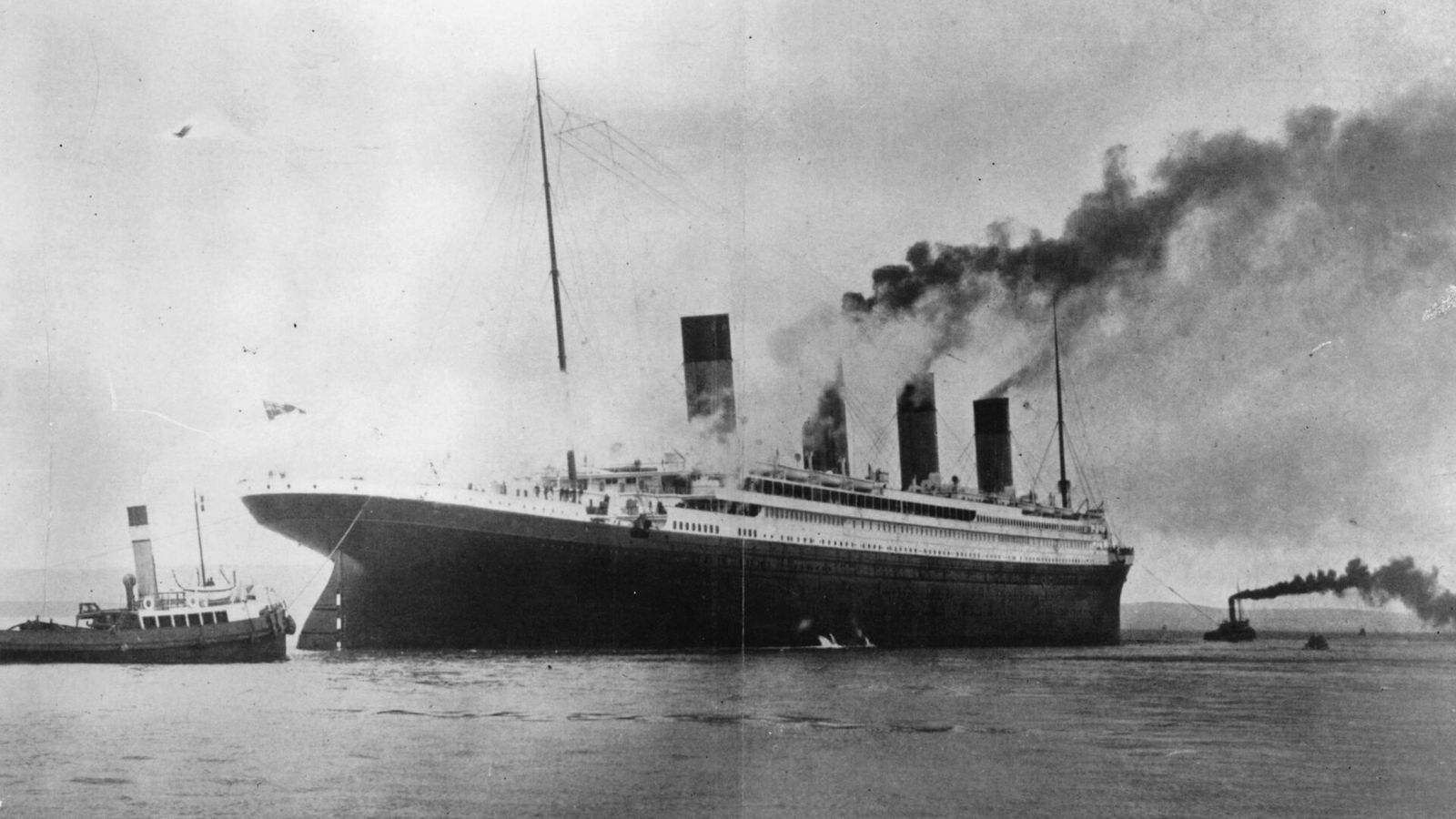
By Gavin Boyle
A documentary from National Geographic is providing a new look at the story of the Titanic, uncovering details through innovative technology that allows scientists to create a digital replica of the famous ship.
“The level of detail we’ve achieved allows us to examine the wreckage as is we were walking through the ship itself,” researchers told ABC News.
Even though the Titanic sunk over 100 years ago, scientists are still learning new pieces of the story, which TITANIC: THE DIGITAL RESURRECTION reveals. For example, William Murdoch, a first officer on the ship, is often remembered as a coward who abandoned his post. In James Cameron’s TITANIC, Murdoch attempts to bully his way onto a lifeboat before shooting himself. The scan, however, revealed a lifeboat positioned in a way that suggests he remained on duty and was swept away by the ocean instead. Another incredible insight revealed that engineers kept the boilers running for hours after the collision, keeping the electricity on, which allowed the ship to make multiple distress calls, potentially saving hundreds of lives.
“They kept the lights and power working to the end, to give the crew time to launch the lifeboats safely with some light instead of in absolute darkness,” Parks Stephenson, a Titanic analyst, told BBC News. “They held the chaos at bay as long as possible, and all of that was kind of symbolized by this open steam valve just sitting there on the stern.”
The replica is also helping researchers better understand how the Titanic sank. From revealing how long the ship’s collision with the iceberg was to providing insight into how the two halves of the ship ended up 2,600 feet apart as they sank, this replica fills in the blanks about the famous story.
“We actually now find out from these simulations that the time it took for the Titanic to collide with the iceberg…the glancing blow…was 6.3 second,” Simon Benson, an associate lecturer in naval architecture at the University of Newcastle, told ABC.
Related: Director James Cameron Shares Eerie Similarities Between Titanic Captain and Stockton Rush
Stephenson further emphasized how helpful having a digital replica to study has been, describing the difference between being on the ocean floor to perform research.
“You can only see what’s immediately in front of you,” he said, describing his visit to the ship’s final resting place in 2005. “It’s like being in a dark room and you have a flashlight that’s not very powerful.”
The average Titanic enthusiast will soon have access to these amazing insights through a National Geographic documentary walking through the digital replica. TITANIC: THE DIGITAL RESURRECTION debuts this Friday.
Read Next: Discovery Channel’s Josh Gates Turned Down OceanGate Trip Due To Safety Concerns



 - Content:
- Content: 

